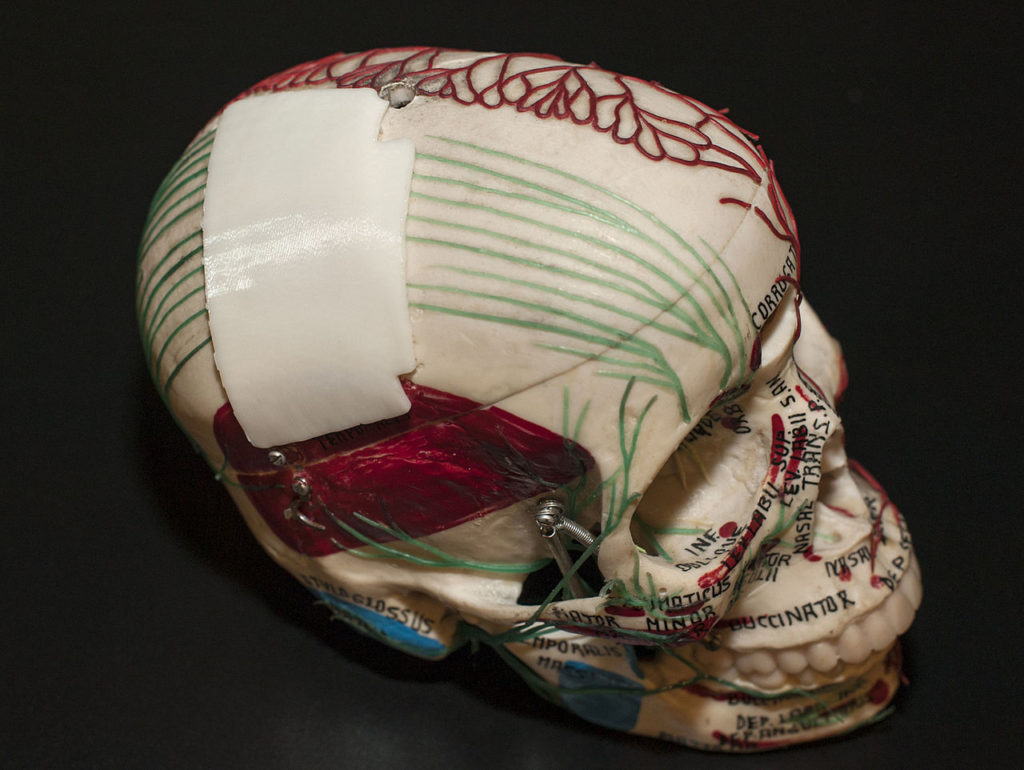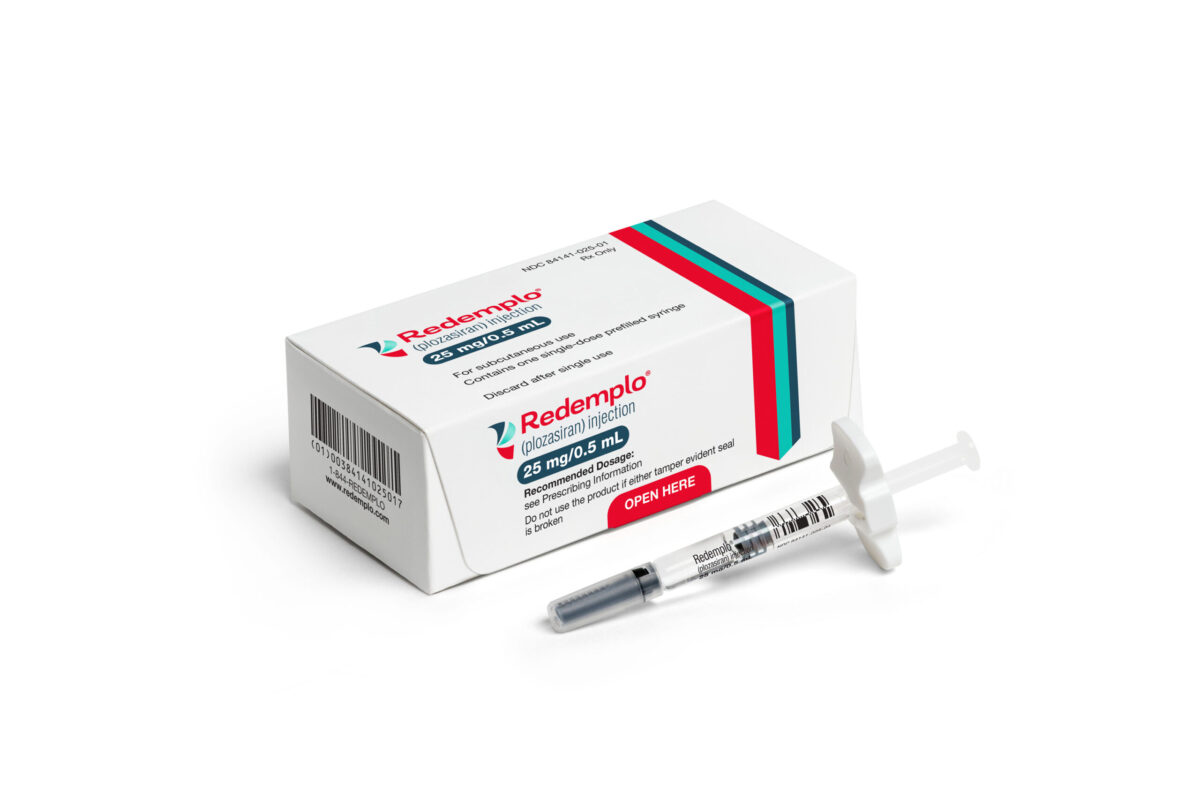3-D printed medical devices are gaining momentum, and the US Food and Drug Administration (FDA) has become the first regulator in the world to issue guidance for this emerging industry. According to FDA Commissioner Scott Gottlieb, these 3-D printed medical products are “nearly certain to transform medical practice,” making it imperative that regulations be put in place now to ensure patients have access to safe and effective devices.
To-date, the FDA has reviewed and approved over 100 medical devices which were manufactured using 3-D printing machines. One of the most promising aspect of this technology is its ability to create highly-personalized devices designed to match a patient’s specific needs.
For example, artificial knee replacements can be manufactured based on measurements taken from individual patients. Individuals missing bone fragments due to birth defects or injuries can have the missing piece manufactured in a 3-D printer.
3D printing technology has even infiltrated the pharmaceutical and biotechnology industries, with the FDA approving the first 3-D printed pill, designed to dissolve faster than current manufacturing technology allows, to treat certain patients with seizures.
“We envision that burn patients in the near future will be treated with their own new skin cells that are 3-D printed directly onto their burn wounds,” said Gottlieb. “Further down the road, there is the potential for this same technology to eventually be used to develop replacement organs.”
The FDA has even invested in their own 3-D printing machinery in order to better understand how the manufacturing method impacts the quality of active ingredients in drug products, and the performance of medical devices. Both the Center for Drug Evaluation and Research’s (CDER) and the Center for Devices and Radiological Health (CDRH) are actively conducting research which could be used to inform future regulatory decisions and establish the framework for 3-D printed medical product oversight.
For now, the FDA has released new guidance to help medical device manufacturers understand what they should be including on regulatory submissions for 3-D printed products. The regulator refers to the 3-D printing technique as “additive manufacturing” as materials are deposited on top of one another.
“It includes our thinking on various approaches to 3D printing, including device design, testing of products for function and durability, and quality system requirements,” said Gottlieb. “Overall, it will help manufacturers bring their innovations to market more efficiently by providing a transparent process for future submissions and making sure our regulatory approach is properly tailored to the unique opportunities and challenges posed by this promising new technology.”
But the regulator admits that the current guidance is only meant to be temporary; as the industry continue to evolve, so too will the FDA’s regulatory framework. Gottlieb points out that non-traditional manufacturing environments – including hospitals and academic centers – are also beginning to use 3D printers to meet the needs of their own patients.
“The FDA also plans to review the regulatory issues related to the bioprinting of biological, cellular and tissue-based products in order to determine whether additional guidance is needed beyond the recently released regulatory framework on regenerative medicine medical products,” said Gottlieb. “The Center for Biologics Evaluation and Research has recently interacted with more than a half-dozen manufacturers who have expressed interest in using 3D printing in some capacity to produce their medical products.”












Join or login to leave a comment
JOIN LOGIN